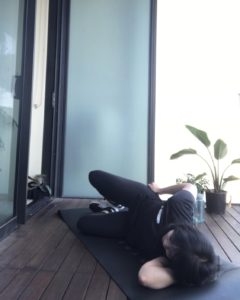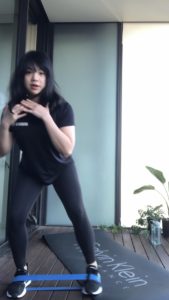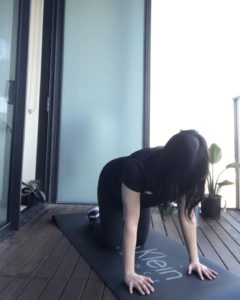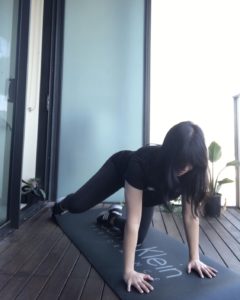I constantly roll my ankles – What is going on?
By Physiotherapist, Vanessa Boon
Why do I keep hurting my ankles?
Poor balance = Increased risk of recurrent ankle sprains
Why?
When you injure the ligaments in your ankle, your proprioceptive ability is impaired/reduced. Proprioception refers to the awareness of your body part in space. The most common symptom of impaired/reduced proprioception is poor balance. This is why you may feel unstable after an ankle sprain.
The best types of exercises to do post ankle sprain or to prevent an ankle sprain are balance or proprioceptive exercises. Most fitness programs tend to focus more on strength and cardiovascular training leaving out balance. Here are some exercises to incorporate into your training routine to minimise risk of ankle injuries!
What can I do? – 5 exercises
For these exercises (not including the 5:5:10) you have the option of doing them on a folded towel, a cushion, a balance disc, or a Bosu ball. This depends on what you have access to and the difficulty factor (doing the exercise on a folded towel is much easier than the Bosu ball).
An unstable surface, such as a towel or cushion, teaches your body to react to unpredictable movements, retraining your balance and proprioception. The goal is for your body to react to these unpredictable movements subconsciously, decreasing the feeling of instability.
- Stand feet together
– 5 x 30 seconds
– Start with eyes open, when it gets too easy progress exercise by closing your eyes - Single leg stance
– 5 x 30 seconds
– Start with eyes open, when it gets too easy, progress exercise by closing your eyes - Squat
– 3 x 15 repetitions
– Start with holding onto something for support, progress exercise by doing it unsupported - Mini single leg squat
– 3 x 15 repetitions
– Start with holding onto something for support, progress exercise by doing it unsupported - 5:5:10
– This exercise requires a power band and something stable to anchor it onto
– 5 minutes, 5 days a week, for 10 weeks
Something to remember
When you’re prescribed antibiotics, you finish the whole course even if your symptoms have improved. Physiotherapy is much the same. Just because your pain is gone – doesn’t mean the issue is resolved and won’t come back!
Head over to our Instagram page for some videos on acute ankle sprain exercises. If you have any questions, please don’t hesitate to send me an email at vanessa@bosic.com.au. Otherwise, you can also contact our admin team at 8599 9811.
*Please keep in mind, these are general guidelines for the majority of our patients but it is important to consult with your doctor or physiotherapist first and make sure you have a plan tailored specifically for you.







